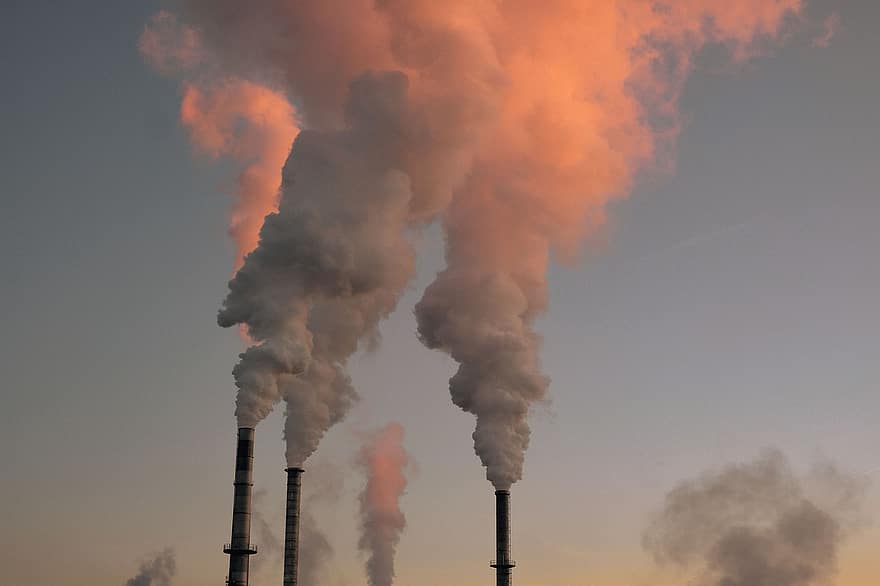
Sudden increase in air pollution threatens economic recovery, says report
There has been a sudden increase in air pollution which is threatening economic recovery in many countries, according to a new report by Centre for Research on Energy and Clean Air (CREA).
The environmental research organization estimates that “health damage from air pollution” has cost between 0.4 percent and 6 percent of annual GDP in the world’s leading cities in the first half of 2020.
By “health damage” CREA means such things as absence from work as a result of respiratory problems such as asthma, a particularly pertinent point at a time when a respiratory disease called coronavirus has ravaged the entire world’s population and caused untold economic damage.
Japan’s gross domestic product, for example, contracted by almost 28 percent in the period April to June this year, according to Nikkei Asian Review. The country’s economy overall shrank by 7.8 percent.
In the same period, India’s economy became smaller by 24 per cent and America’s GDP fell by more than 9 percent, reports the Economist. Both these countries are currently among the worst sufferers of the Covid-19 pandemic.
The recovery process is starting now, with more parts of the economy being released from government-imposed lockdowns.
But will tens of thousands of business closing down in each of those countries, the recovery is unlikely to be “V-shaped” as some economic analysts had predicted.
Meanwhile, the air pollution in the 28 cities assessed by CREA has increased, further undermining efforts to get economies and societies back to pre-coronavirus levels.
New Delhi, the capital city of India, is calculated by CREA to be the borne the biggest cost of air pollution to its productivity.
“New Delhi bore the highest cost of air pollution, amounting to 5.8 percent of its annual GDP,” says New Delhi.
The organization adds that the cities with the highest cost as a percentage of GDP are cities with the highest pollution levels: New Delhi, Beijing, Mumbai, Shanghai, Jakarta, Guangzhou, Bangkok, Moscow, Hong Kong and Seoul.
Other factors include prevalence of other risk factors for chronic diseases and level of health care services.
Cities with highest costs in dollars per capita tend to be cities with both relatively high pollution levels and income and cost levels, says CREA. In this category, Canberra, Los Angeles, Berlin, Seoul, Tokyo, London, Dubai and Bucharest top the list.
The particles that are classified as air pollutants include NO2, or nitrogen dioxide, and something called PM2.5, said to be the sixth highest risk factor for death around the world, according to Undark.com.
PM2.5 is described as “the most deadly” of particles emanating from smokestacks, vehicle engines, construction projects, and fires large and small.
Sometimes smaller than the width of a human hair, and very often the product of human activity, these particles are not just contributing to climate change, they are also a leading driver of heart disease and stroke, lung cancer, and respiratory infections the world over.
Fossil fuels are another big problem, says CREA. The organization estimates that fossil fuel PM2.5 pollution was responsible for 1.8 billion days of work absence, 4 million new cases of child asthma and 2 million pre-term births, among other health impacts that affect healthcare costs, economic productivity and welfare.
In terms of global GDP, the economic costs of air pollution from fossil fuels are estimated at $2.9 trillion in 2018, or 3.3 percent of global GDP.
These numbers “far exceed the likely costs of rapid reductions in fossil fuel use”, says CREA.
An estimated 4.5 million people died in 2018 due to exposure to air pollution from fossil fuels. On average, each death was associated with a loss of 19 years of life, adds CREA.


